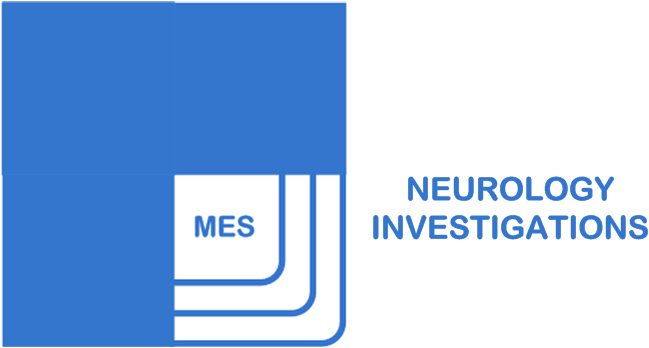Artifacts are unwanted signals that are generated by sources other than those of interest. Thus, EEG artifacts are recorded signals that are non cerebral in origin. It is important to identify these artifacts and not confuse them with pathological brain activity. Commonly encountered artifacts are blink artifacts, muscle artifacts, electrode artifacts and ECG artifacts.
BLINK ARTIFACT

Metabolic activity of the retina generates a steady potential difference b/w the cornea and the retina, with cornea (or front of the eye) being positive in relation to the retina. These movements cause potentials changes that are picked up mainly by frontal electrodes. The electrodes that record the largest potential changes with vertical eye movements (e.g. eye blink) are Fp1 and Fp2 because they are placed directly above the eye.
MUSCLE ARTIFACTS

The scalp muscles responsible for muscle artifact are frontals, temporalis and occipitalis muscles which lie directly under the recording electrodes. Muscle artifacts from scalp and face muscles occur mainly in the frontal and temporal regions but may be recorded by electrodes nearly anywhere on the head. Contraction of a skeletal muscle causes very short duration potentials that usually occur in clusters or periodic runs. Muscle artifacts are usually easily identified by their shape and repetition.
ELECTRODE ARTIFACTS
These occur usually due to poor contact of electrodes with scalp, which may occur due to poorly applied electrodes or less commonly poorly made electrodes.
ELECTRODE ARTIFACTS

These occur usually due to poor contact of electrodes with scalp, which may occur due to poorly applied electrodes or less commonly poorly made electrodes.
ECG ARTIFACTS
 Electrical potentials arising from heart are very high in amplitude; hence they readily spread to the scalp. Usually the electrical field of the cardiac activity is equipotential on the scalp, so that bipolar montages do not show significant ECG artifact. In referential recording, especially if ear is used for reference electrode placement, the ECG pickup may be appreciable. Cardiac artifacts are mostly due to QRS complexes, where R wave is most prominent. They are recognized by their characteristic form and regularity.
Electrical potentials arising from heart are very high in amplitude; hence they readily spread to the scalp. Usually the electrical field of the cardiac activity is equipotential on the scalp, so that bipolar montages do not show significant ECG artifact. In referential recording, especially if ear is used for reference electrode placement, the ECG pickup may be appreciable. Cardiac artifacts are mostly due to QRS complexes, where R wave is most prominent. They are recognized by their characteristic form and regularity.
Reference:
 Electrical potentials arising from heart are very high in amplitude; hence they readily spread to the scalp. Usually the electrical field of the cardiac activity is equipotential on the scalp, so that bipolar montages do not show significant ECG artifact. In referential recording, especially if ear is used for reference electrode placement, the ECG pickup may be appreciable. Cardiac artifacts are mostly due to QRS complexes, where R wave is most prominent. They are recognized by their characteristic form and regularity.
Electrical potentials arising from heart are very high in amplitude; hence they readily spread to the scalp. Usually the electrical field of the cardiac activity is equipotential on the scalp, so that bipolar montages do not show significant ECG artifact. In referential recording, especially if ear is used for reference electrode placement, the ECG pickup may be appreciable. Cardiac artifacts are mostly due to QRS complexes, where R wave is most prominent. They are recognized by their characteristic form and regularity.Reference:
- Jasper R. Daube. Clinical Neurophysiology, Philadelphia: F. A. Davis Company
- Fisch BJ. Spehlmann’s EEG primer, Amsterdam: Elsevier, 3rd edition
- Dunn, A. T. identification of artifact in EEG recording. Am. J. EEG Technol., 7:61-71

No comments:
Post a Comment